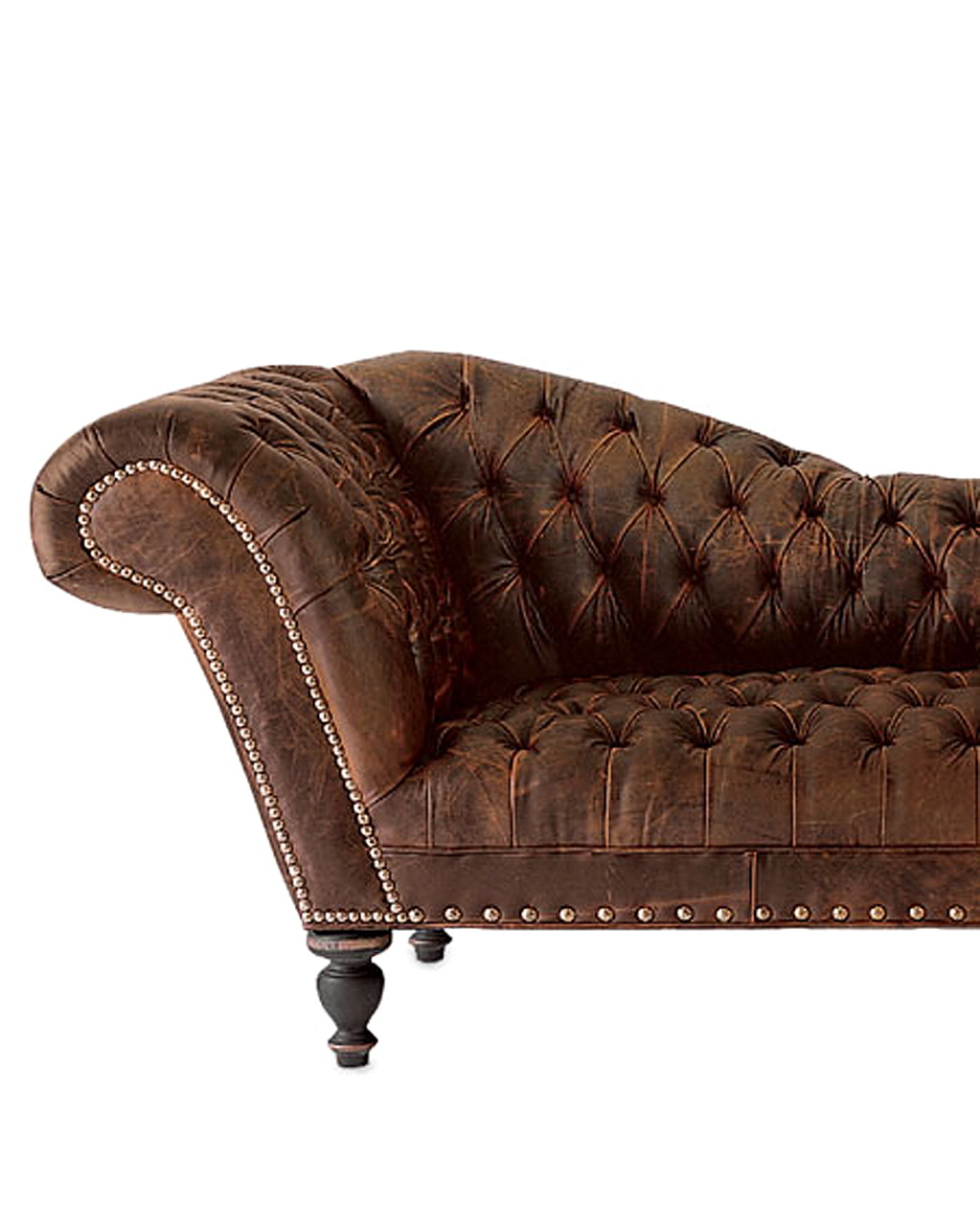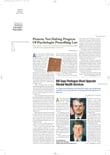One technique of psychoanalysis is to get patients to tell their life stories as freely as possible. Thus, analysts might be wise to try two techniques to achieve this aim, at least with certain patients. One is a face-to-face encounter instead of using the couch. The other is having patients “free associate” on paper.
These two methods were proposed at the annual meeting of the American Academy of Psychoanalysis and Dynamic Psychiatry, held in New York City April 29 to May 2—the former by David Forrest, M.D., a clinical professor of psychiatry at Columbia University, and the latter by Sharon Farber, Ph.D., an analyst with the New York School of Psychoanalysis.
The psychoanalysis couch is symbolic, Forrest pointed out. Some patients may think of it as a womb, a crib, a sexual nest, an operating-room table, or a coffin. And some analysts may view it as a shield. Freud reputedly used a couch because he couldn't stand to have his patients look at him.
But is the couch really ideal for a good analysis? This subject is especially crucial at this time, Forrest said, since the American Academy of Psychoanalysis and Dynamic Psychiatry has now been joined by dynamic psychiatrists who are curious about it.
The couch is supposed to promote regression in the patient, sort of a hypnotic regression, Forrest explained. But is the patient really able to describe what is happening to him, or has happened to him, in such a state? Forrest has his doubts. He also thinks that use of the couch may inhibit some patients from divulging their deepest sexual secrets and yearnings.
Couch Fosters Power Position
“The couch is seen as a way of putting the patient's feet to the fire,” he said. “It may not be a rack, but it is a position of power for the analyst.”
Thus, analysts might consider replacing use of the couch with a face-to-face analysis, at least in certain situations, Forrest proposed—not just because it might eliminate some of the more negative aspects of using the couch, but because it would make the patient's and analyst's facial expressions accessible to each other. And access to affect would undoubtedly enrich communication between patient and analyst and promote analysis.
Yet an alternative to couch analysis and direct face-to-face analysis, Forrest said, is to have the patient sit in a chair across from that of the analyst, but tilt the two chairs slightly to avoid a total facial confrontation between patient and analyst. Such an arrangement would presumably enhance communication between patient and analyst without either feeling threatened by the other.
All in all, Forrest implied, a decision to use the couch or to go it face to face should probably be influenced by a patient's preference. In fact, he has found that college students in analysis may want to alternate lying down with sitting up. His most mobile patient, he said, is a college student with bipolar disorder.
Encouraging Free Association
Certainly Freud used verbal free association to get patients to disclose emotionally painful memories, Farber reported, and it has become a fundamental of psychoanalysis. But getting a patient to “free associate” is not always easy, she reminded her audience. So are there ways other than verbal free association to get patients to open up about painful memories? Asking the patient to write down whatever comes to mind is one possibility, she advised. “Writing is a way of communicating to the self what has been repressed,” she said. The analyst can then interpret what was written.
Writing, of course, has been found to be helpful in some types of psychotherapies other than analysis, Farber pointed out, for example, in psychotherapy for trauma survivors. Farber has introduced writing into her group therapy for compulsive eaters. ▪

